
Menu

Stackyon’s application rationalization gives you higher return on IT investments and improves your cost efficiency. We enable you to consolidate application landscape to boost savings.
Support your ambitious vision for the business with Stackyon. Take a look at potential business challenges that necessitate application rationalization.
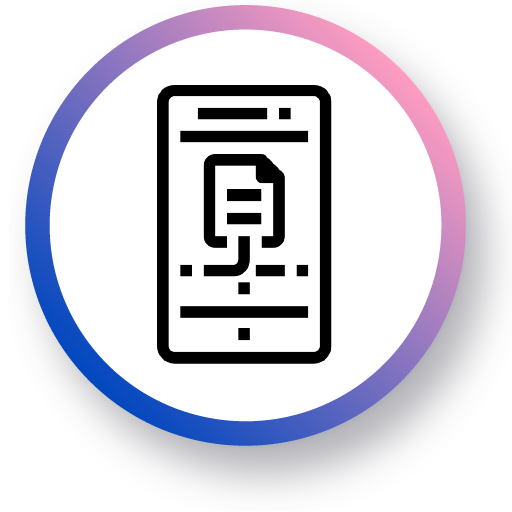
As organizations grow in size and complexity, there is always an exponential growth in the number of applications. As a result, businesses need to battle the inefficiencies resulting from varied applications.
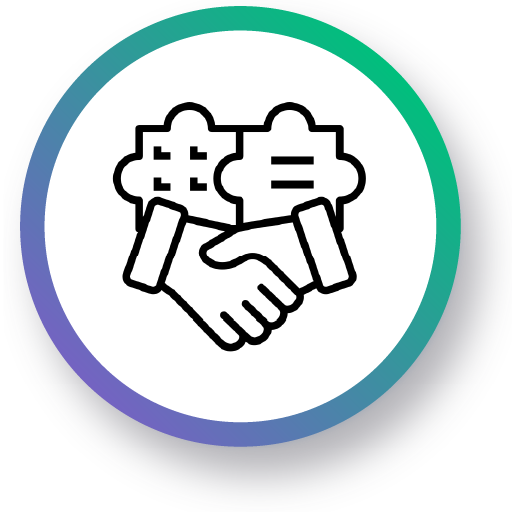
M&A activities invariably result in an overlapping and redundant application landscape. A newly added business introduces applications that often duplicate existing ones in the old organizations.
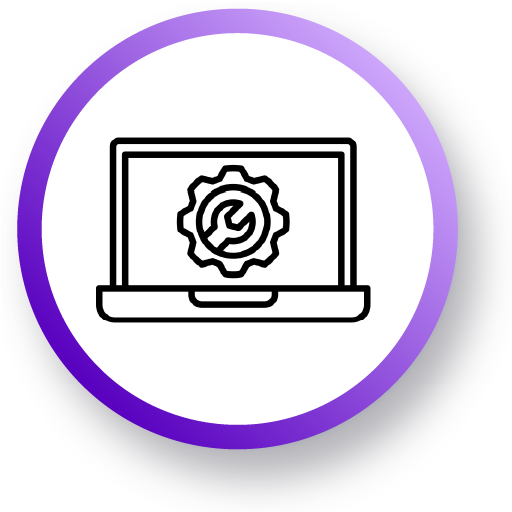
Individuals & departments often purchase applications without the Central IT department's overall governance to overcome critical challenges.
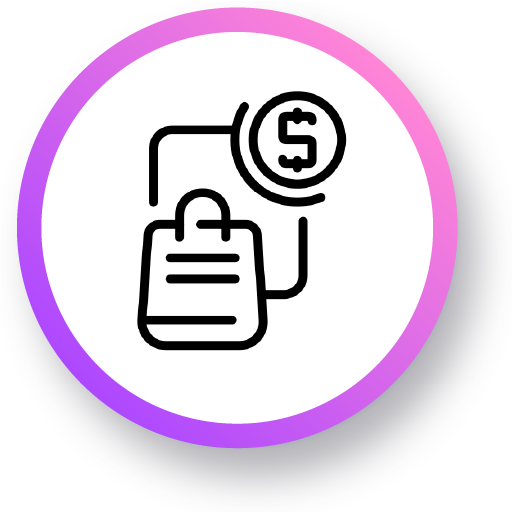
A fall in enterprise-wide visibility leads to more purchases of similar applications across departments or geographies.

The sheer size and complexity of operations across an enterprise affect centralized decisions. It leads to efficiency loss from individual mandates.
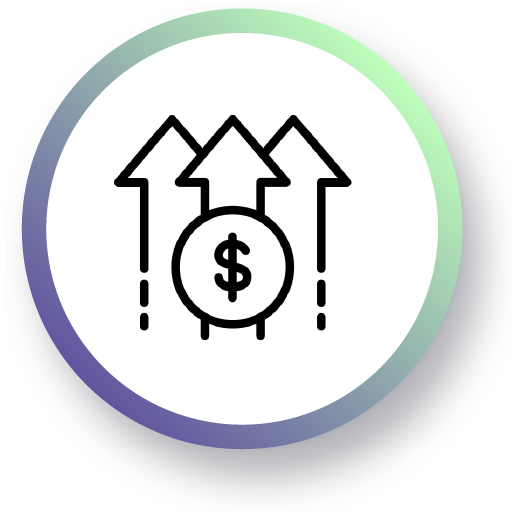
Purchasing hundreds of applications guarantees redundancy and outdated legacy systems that consume time and resources, leaving a significant cost impact.
Realize significant savings by rationalizing the number of vendors. It guarantees a shift in mindset from vendor management to mutually beneficial strategic partnerships.
Fewer applications, greater adoption and usage, and tight integration between systems and teams that can maintain and build on multiple applications result in high ROI.
Rationalizing the application landscape makes standardization and synergies possible. However, it eliminates diverse tools and technologies.
Improving antiquated systems, eliminating redundant infrastructure, and optimizing resource utilization saves costs.
Eliminate inefficiencies and bottlenecks with enterprise-wide automation. Hyper integrate to highlight information black holes and data craters.
Enable closer collaboration between technical and nontechnical employees through a platform that helps them speak a common language.
As organizations grow in size and complexity, there is always an exponential growth in the number of applications. As a result, businesses need to battle the inefficiencies resulting from varied applications.
M&A activities invariably result in an overlapping and redundant application landscape. A newly added business introduces applications that often duplicate existing ones in the old organizations.
Individuals & departments often purchase applications without the Central IT department's overall governance to overcome critical challenges.
A fall in enterprise-wide visibility leads to more purchases of similar applications across departments or geographies.
The sheer size and complexity of operations across an enterprise affect centralized decisions. It leads to efficiency loss from individual mandates.
Purchasing hundreds of applications guarantees redundancy and outdated legacy systems that consume time and resources, leaving a significant cost impact.

A strategic transformation to consolidate and rationalize the application landscape in any mid to large enterprise can significantly impact cost savings while boosting efficiency and productivity. It is a crucial step for making investment and divestment decisions for the business. Determine which application should be kept, revamped, retired, or consolidated to modernize and maintain the application portfolio. Use the unmatched power of Stackyon’s Enterprise Application Hub architected around hyperautomation technologies to plan a strategic migration path for redundant and legacy applications.

Identify Needs and Set Governance

Inventory Applications




Determine which applications should be replaced, reimagined, retired, and retained with application rationalization.
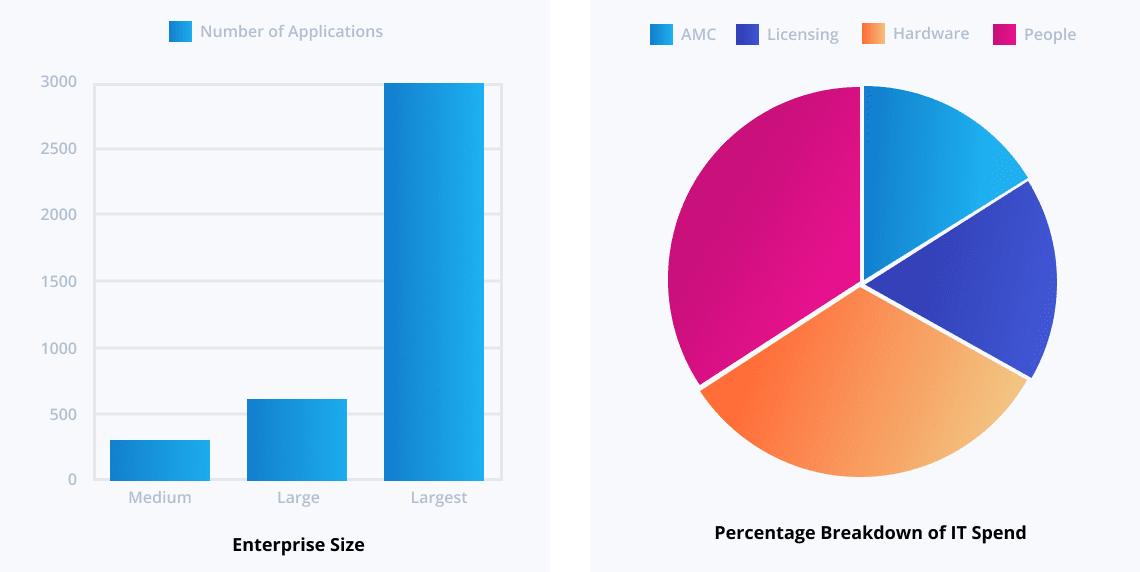

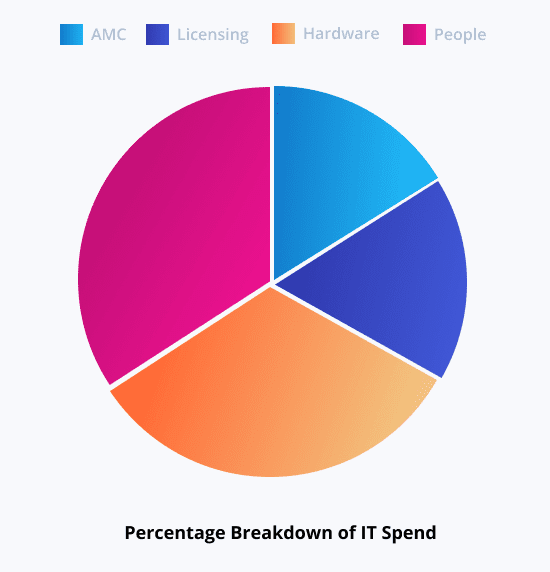

A prominent US-based health insurance firm, with revenues exceeding $50 billion, relied on numerous outdated legacy applications to track, analyze, and report prescription drug usage. Their application rationalization goal was to establish a robust, automated system to detect and monitor high-risk patients while also aiding in the transition of patients away from these restricted substances.
Stackyon’s low-code application platform facilitated the creation of a highly scalable solution in just six business weeks. Our data mapping and aggregation feature enabled the collection and analysis of multiple data points, ultimately enhancing the health experience for high-risk patients. The client achieved $1.4 million in average benefits during the first year post-deployment.